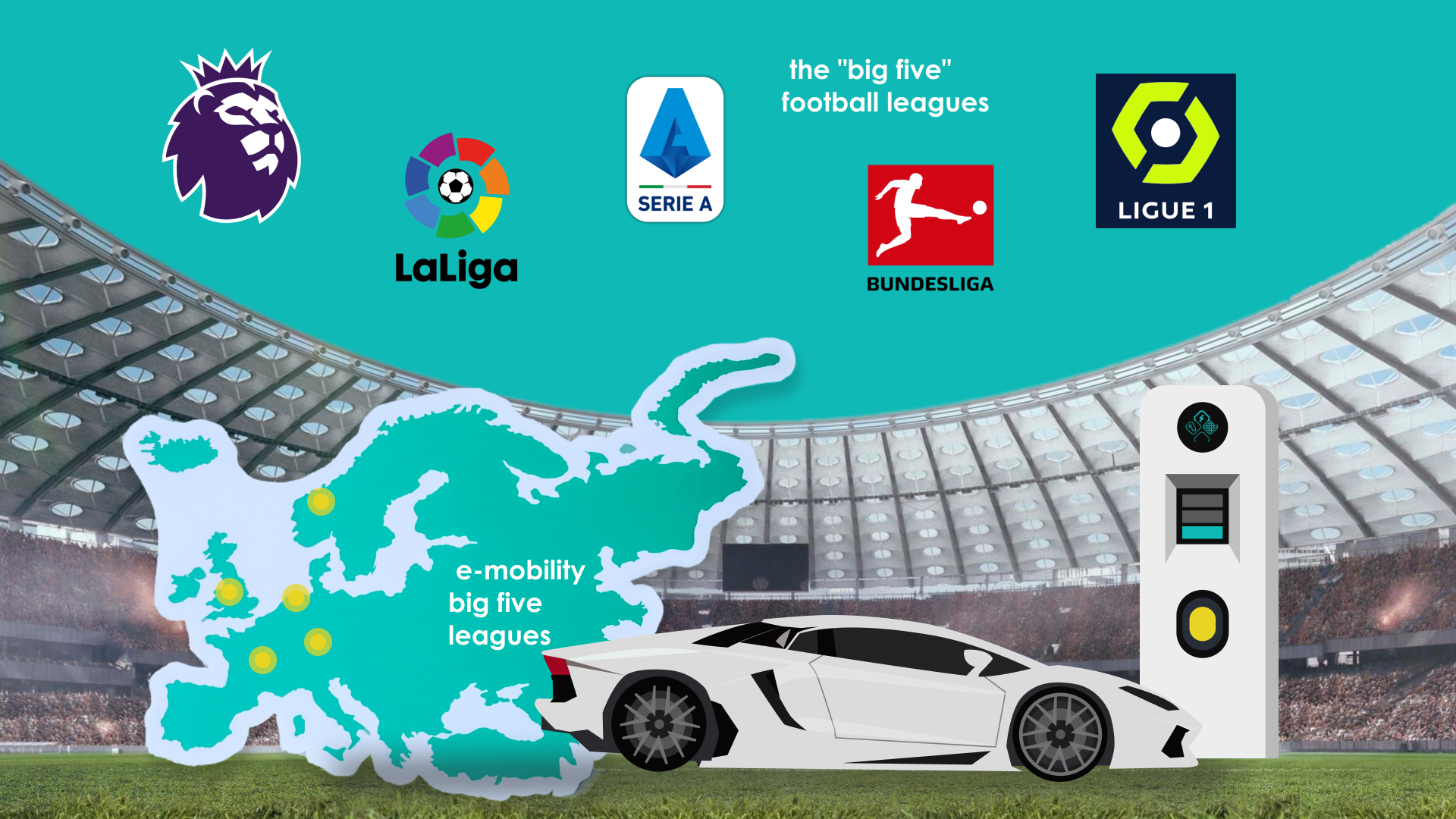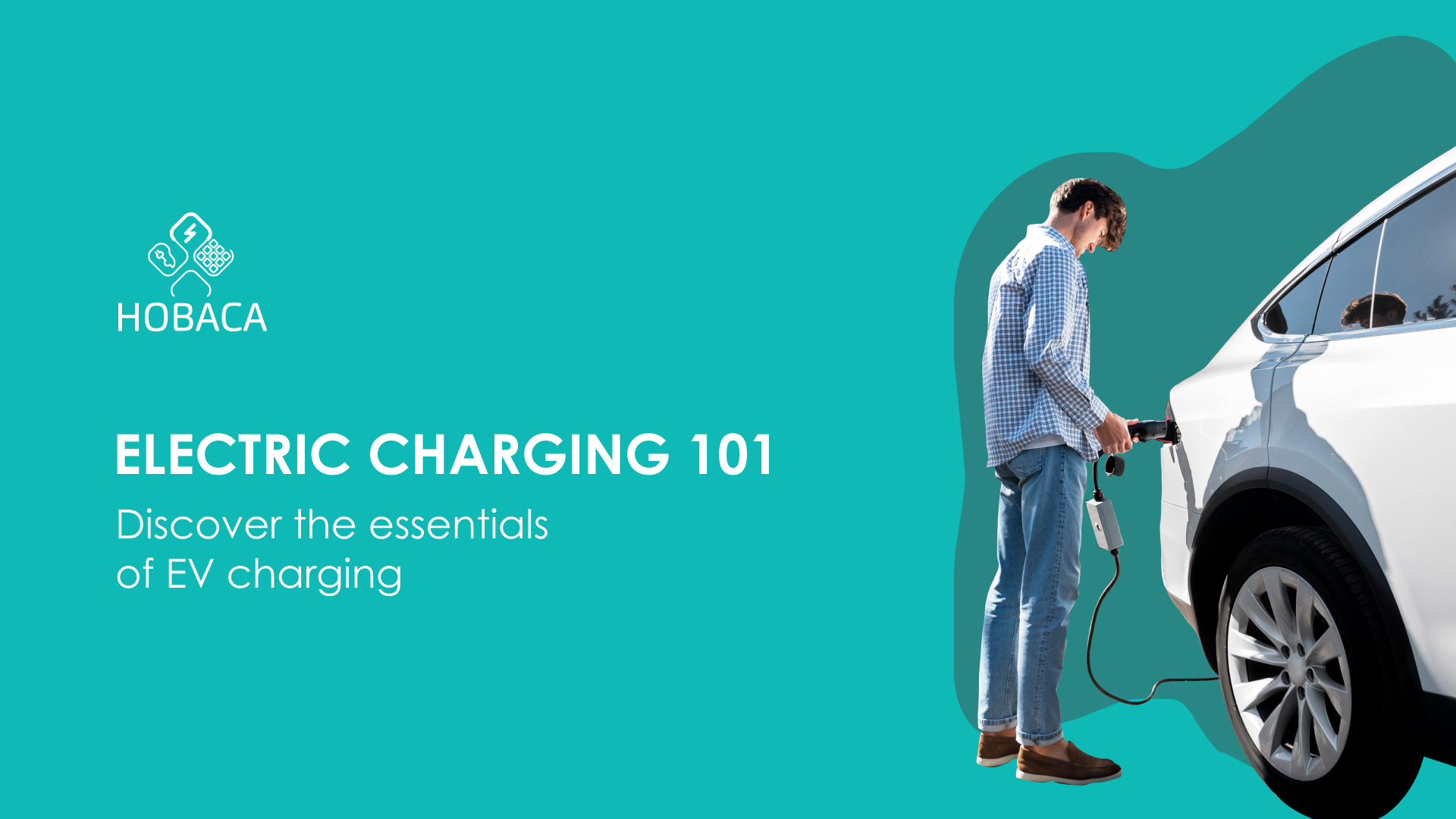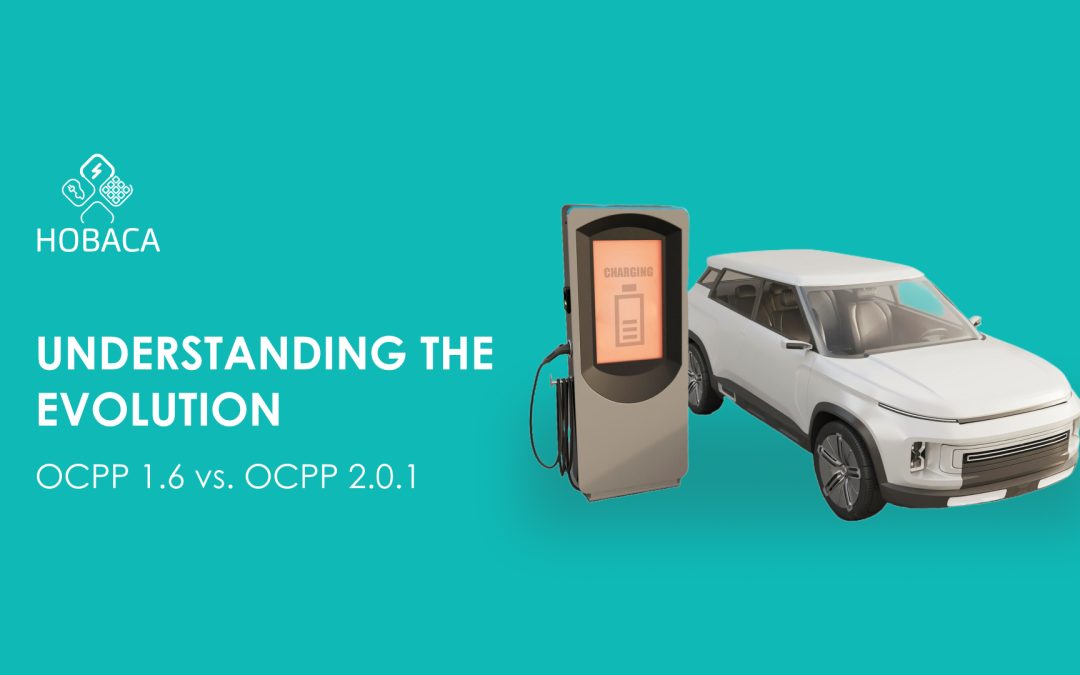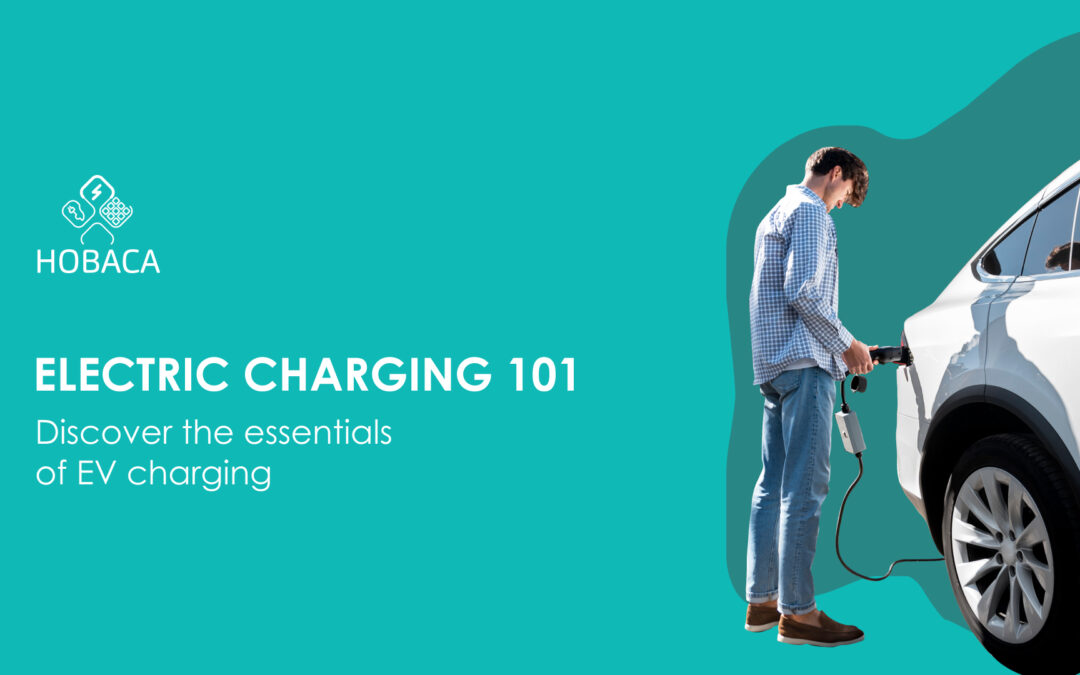As EURO 2024 is currently one of the hottest topics throughout the “old” continent, this blog is dedicated to analyzing the connections between e-mobility and “the most important secondary thing in the world.” The revolution and transition towards sustainable energy production and transport are now ubiquitous. Hence, we can see how e-mobility brands and their spirit are spreading across many popular festivities, such as EURO 2024, held in Germany. UEFA EURO 2024 has even chosen an official e-mobility partner, battery and car manufacturer BYD BYD – Official E-Mobility Partner of UEFA EURO 2024 .
But let’s examine even deeper how e-mobility has created deep connections with soccer. It is often the case that football clubs provide their players with official cars from their sponsors. Not only cars, but other equipment also. However, let’s focus on cars. The biggest clubs always promote the strongest brands and often lead the way in following new trends. Hence, it is interesting to observe what official cars are given to the players of Real Madrid, one of the best clubs in the world with a record 15 Champions League titles, 36 La Liga titles, 20 Copa del Rey titles, 13 Supercopa de España titles, and many other trophies. Their official car partner is BMW, and all their star players, such as Luka Modrić and Jude Bellingham, have been given BMW’s electric cars, from the iX to the most prestigious i7. But, what about charging? Real Madrid has taken care of that too, with the Valdebebas training complex installing charging points with a total of 900 kW of available power.

On the other hand, there is also the Bavarian football giant Bayern Munich. In 2020, they electrified their training ground with the construction of 38 charging points. Moreover, the official vehicle for their players was chosen as the Audi e-tron, the brand’s first all-electric SUV. So, the likes of Leroy Sané, Leon Goretzka, and Serge Gnabry charge their batteries after their football matches, and charge their car batteries after enjoyable rides.
Intelligent ways of integrating EVs with the power system infrastructure have found their application in the soccer world. One of the interesting projects is at the Johan Cruijff Arena in Amsterdam. The company The Mobility House combines a total of 15 new charging stations with the existing 3-megawatt battery storage, consisting of 148 Nissan Leaf batteries, and the 1-megawatt photovoltaic system on the roof of the arena. Using innovative charging and energy management and intelligent software control, electric cars of stadium visitors – given the owners’ consent – can not only receive power from the charging station but also feed electricity back into the stadium’s electrical infrastructure. The stadium will thus be expanded into an energy hub, using electric car batteries to help store electricity from renewable energies and thus relieve the power grid.
Some soccer players have even found motivation to invest in startups in the e-mobility sector, such as Max Kruse, the former Wolfsburg star, who has invested in a German startup.
To delve even deeper into the football analogy, all soccer aficionados know about the “big five” football leagues in Europe. These are the English Premier League, La Liga (Spain), Bundesliga (Germany), Serie A (Italy), and Ligue 1 (France). In the context of e-mobility, we can identify the top five countries based on factors such as EV market share, charging infrastructure, government policies, and consumer adoption. So, the e-mobility big five leagues would be:
- Norway: Norway is the clear leader in e-mobility in Europe, with EVs constituting over 80% of new car sales in recent years. The country has a well-developed charging infrastructure and strong government incentives supporting the transition to electric vehicles.
- Netherlands: The Netherlands has a high penetration of EVs and one of the most extensive and dense charging networks in Europe. Government policies, including subsidies and tax incentives, have significantly boosted EV adoption.
- Germany: Germany is a major player in the e-mobility market, both as a producer and consumer of electric vehicles. The country has made substantial investments in charging infrastructure and offers various incentives for EV buyers.
- United Kingdom: The UK has seen rapid growth in EV adoption, supported by government initiatives such as grants for EV purchases and investments in public charging infrastructure. The market share of EVs in new car sales has been steadily increasing.
- France: France has been proactive in promoting e-mobility through subsidies, tax benefits, and the development of a comprehensive charging network. EV sales have been growing, and the country is working towards ambitious targets for EV adoption.
We are witnessing how e-mobility is gaining big momentum and has taken an important role both in pure transport and in popular culture. But to move forward, many challenges still lie in the way. At HOBACA, as backend software for the management of EV charging stations, we see the challenges but also recognize the opportunities. Hence, HOBACA stands for excellence in controlling commercial charging stations, and we are devoted to contributing to a bespoke user experience for both charging station owners and EV drivers.
-
What is e-mobility?
E-mobility, or electric mobility, refers to the use of electric-powered vehicles and infrastructure to replace traditional internal combustion engine vehicles. This includes electric cars, scooters, bikes, and public transportation systems powered by electricity.
-
How is e-mobility connected to soccer?
E-mobility is connected to soccer through various initiatives, such as the installation of EV charging stations at stadiums, partnerships between soccer clubs and electric vehicle manufacturers, and the promotion of sustainable transportation by soccer players and clubs.
-
What are some examples of soccer clubs adopting e-mobility?
Some examples include Real Madrid, whose players drive BMW electric cars, and Bayern Munich, where players use the Audi e-tron. Both clubs have installed extensive charging infrastructure at their training grounds.
-
How do soccer stadiums incorporate e-mobility solutions?
Soccer stadiums incorporate e-mobility solutions by installing EV charging stations, utilizing energy management systems, and integrating renewable energy sources. For example, the Johan Cruijff Arena in Amsterdam has a system that allows electric cars to feed electricity back into the stadium’s infrastructure.
-
What are the benefits of e-mobility for soccer events?
The benefits of e-mobility for soccer events include reducing the carbon footprint of matchday travel, promoting sustainability, providing convenient charging options for fans, and enhancing the overall environmental responsibility of soccer clubs and organizations.
-
Are there any famous soccer players involved in e-mobility initiatives?
Yes, some soccer players are involved in e-mobility initiatives. For instance, Max Kruse, a former Wolfsburg star, has invested in a German e-mobility startup, showcasing his support for sustainable transportation solutions.
-
What challenges does e-mobility face in the context of soccer?
Challenges for e-mobility in soccer include the need for widespread charging infrastructure, high initial costs of electric vehicles, and ensuring seamless integration with existing stadium facilities. However, with increasing investment and innovation, these challenges are gradually being addressed.





